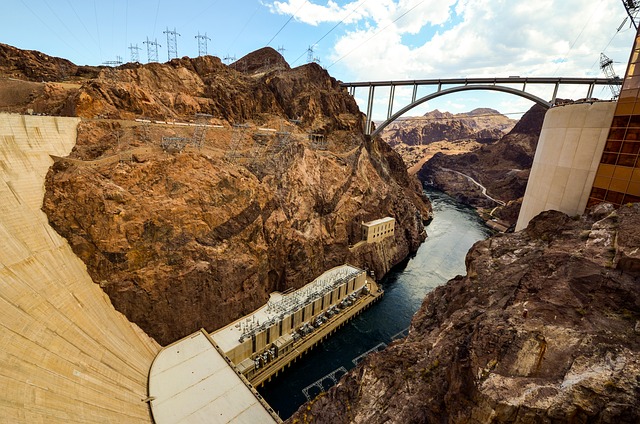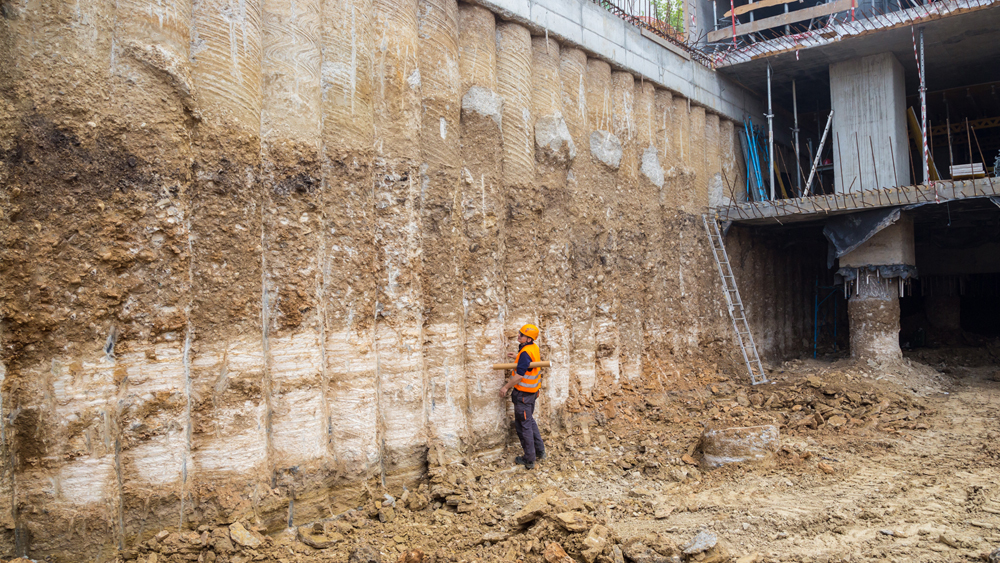Leading Consulting Civil Engineering Companies for Infrastructure Projects
Leading Consulting Civil Engineering Companies for Infrastructure Projects
Blog Article
Exactly How Consulting Engineers Enhance Geotechnical Engineering Projects: Insights Into Their Proficiency, Methods, and Collaborative Approaches
Consulting designers are pivotal in boosting geotechnical engineering jobs, using their specialized understanding to navigate the complexities of subsurface problems. Their techniques encompass a variety of website examination methods, consisting of Standard Penetration Tests (SPT) and Cone Penetration Tests (CPT), which notify vital choices during the layout and building and construction phases. Furthermore, their joint methods foster communication among diverse project stakeholders, ultimately shaping the task's trajectory. As we examine the complex duties these experts play, it comes to be clear that their contributions prolong beyond technical proficiency, motivating a better check out the implications for task success.
Duty of Consulting Engineers
The competence of consulting designers in geotechnical design is essential to the effective implementation of building and construction projects. These professionals play an essential function in examining dirt and rock buildings, which are crucial variables influencing layout and construction decisions. By performing comprehensive site examinations, getting in touch with engineers collect essential data that informs the style process, making certain projects are improved stable and ideal ground.
Consulting designers also supply indispensable insights into threat administration (geotechnical geologist). They recognize potential geotechnical hazards, such as landslides, dirt liquefaction, and negotiation problems, enabling stakeholders to implement reliable mitigation techniques. Their knowledge aids in maximizing structure layouts, which can cause significant cost financial savings and improved safety
Additionally, getting in touch with engineers act as an essential web link in between project proprietors, engineers, and specialists. Their capability to convert intricate geotechnical information into actionable recommendations cultivates cooperation and promotes notified decision-making throughout the job lifecycle. This multidisciplinary technique not just boosts job efficiency but likewise makes sure compliance with regulative standards and finest techniques.
Key Approaches in Geotechnical Design

One main approach is website examination, which entails carrying out area examinations and laboratory evaluations to gather information on subsurface problems. Techniques such as Requirement Infiltration Testing (SPT) and Cone Penetration Screening (CPT) are widely used to examine soil stratigraphy and stamina. In addition, geophysical approaches, including seismic and electrical resistivity studies, supply non-invasive means to examine subsurface qualities.
Another vital technique is mathematical modeling, which enables designers to imitate various situations and anticipate how soil-structure communications will certainly act under various loading conditions. Limited Element Analysis (FEA) is an usual method employed in this context.
Furthermore, the style of structures, preserving frameworks, and earthworks depends greatly on these methodologies - geotechnical geologist. By incorporating sophisticated analytical devices with field data, getting in touch with engineers can develop customized solutions that attend to particular task obstacles, ultimately contributing to the stability and safety of construction projects
Value of Dirt Evaluation
Soil analysis functions as a foundational component in geotechnical engineering, supplying necessary insights into the physical and chemical homes of dirt needed for reliable building planning. Recognizing dirt qualities is essential for identifying its load-bearing ability, drainage actions, and capacity for negotiation or instability. Comprehensive dirt investigations, including tasting and research laboratory screening, help identify criteria such as dirt type, dampness web content, thickness, and shear strength.
These evaluations inform the option of ideal construction techniques and products, eventually affecting task safety and security and long life. For example, cohesive dirts may require different foundation layouts compared to granular dirts, requiring customized engineering options. Soil evaluation aids in determining pollutants that can pose risks to human health or the atmosphere, enabling for the advancement of mitigation strategies.
Incorporating dirt evaluation into the onset of project advancement assists to lessen unexpected challenges, making certain that designers can anticipate and attend to potential concerns before they intensify. By developing a thorough understanding of the website conditions, speaking with engineers can optimize style performance and lower expenses, therefore boosting the overall success of geotechnical engineering projects.
Collective Strategies in Jobs
Successful geotechnical YOURURL.com projects frequently depend upon joint methods that bring together varied know-how from various self-controls. Efficient cooperation among getting in touch with engineers, geologists, environmental researchers, and building and construction professionals is essential for attending to complicated difficulties and maximizing job outcomes. By leveraging the distinct skills and expertise of each staff member, jobs can gain from an all natural understanding of the site conditions, governing demands, and engineering constraints.
Regular communication and interdisciplinary meetings promote the sharing of understandings and cultivate a society of teamwork. These collaborative initiatives allow the recognition of potential dangers early in the task great post to read lifecycle, enabling for prompt reduction methods. Moreover, including comments from stakeholders, including neighborhood areas and governing agencies, makes certain that all perspectives are thought about, improving project acceptance and compliance.
Furthermore, the integration of advanced modern technologies, such as Geographic Information Solution (GIS) and Building Info Modeling (BIM), additional enhances cooperation. These devices permit the real-time sharing of information and visualization of geotechnical problems, promoting informed decision-making. Ultimately, a collaborative technique not only improves job implementation however likewise lays the structure for ingenious solutions to complex geotechnical design difficulties.
Effect on Job End Results

Consulting engineers utilize innovative techniques such as danger evaluation and predictive modeling, which boost the accuracy of task projections. Their ability to integrate innovative modern technologies, like geotechnical instrumentation and data analytics, additionally refines the layout and building and construction procedures. As a result, jobs experience boosted effectiveness, lowered expenses, and minimized hold-ups.
Furthermore, fostering reliable interaction and cooperation amongst team participants enhances analytic capabilities. When challenges emerge, a united front permits for quick identification of remedies, protecting against prospective obstacles. Eventually, the collective efforts of speaking with designers add to greater quality end results, making certain that projects meet both regulatory standards and customer expectations.
Final Thought

Report this page